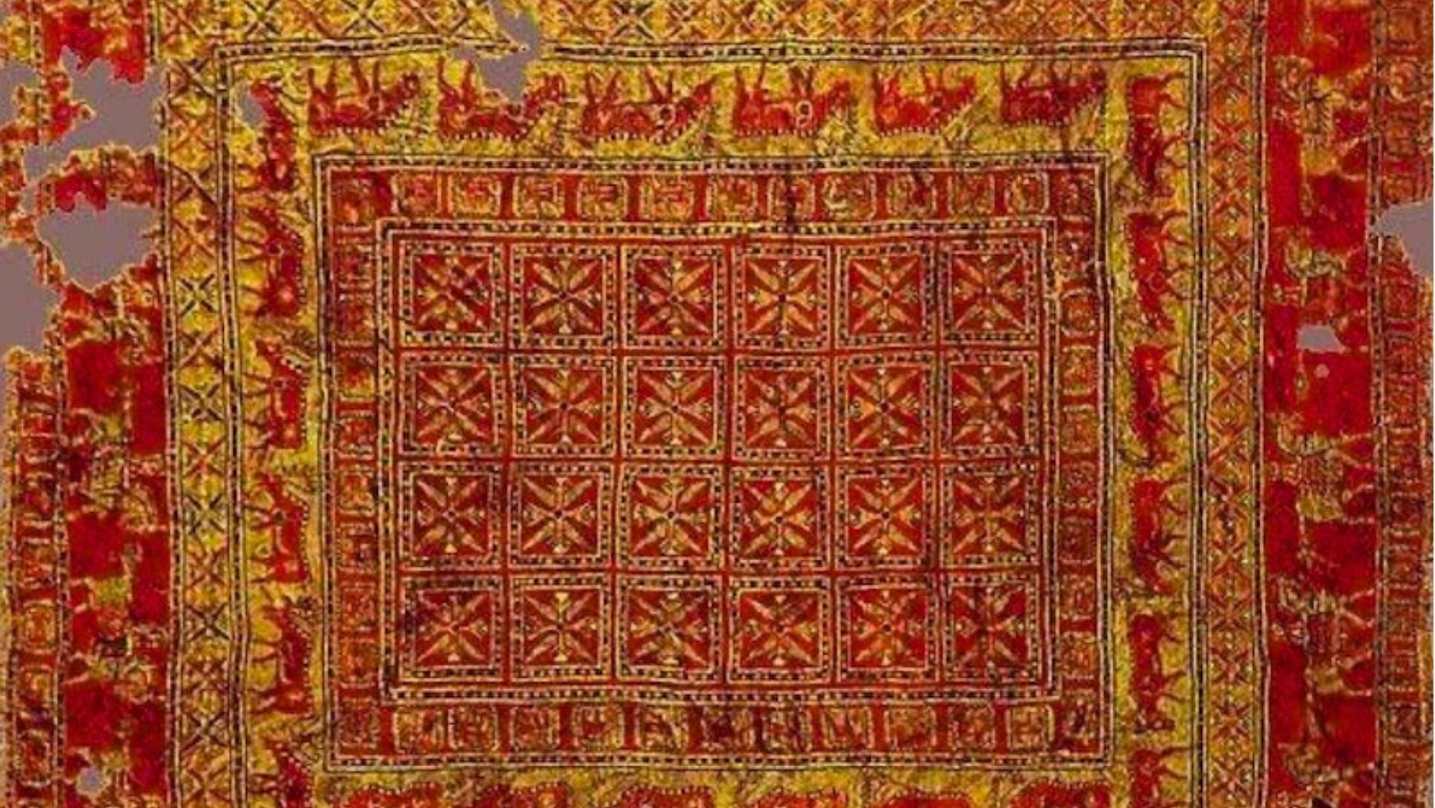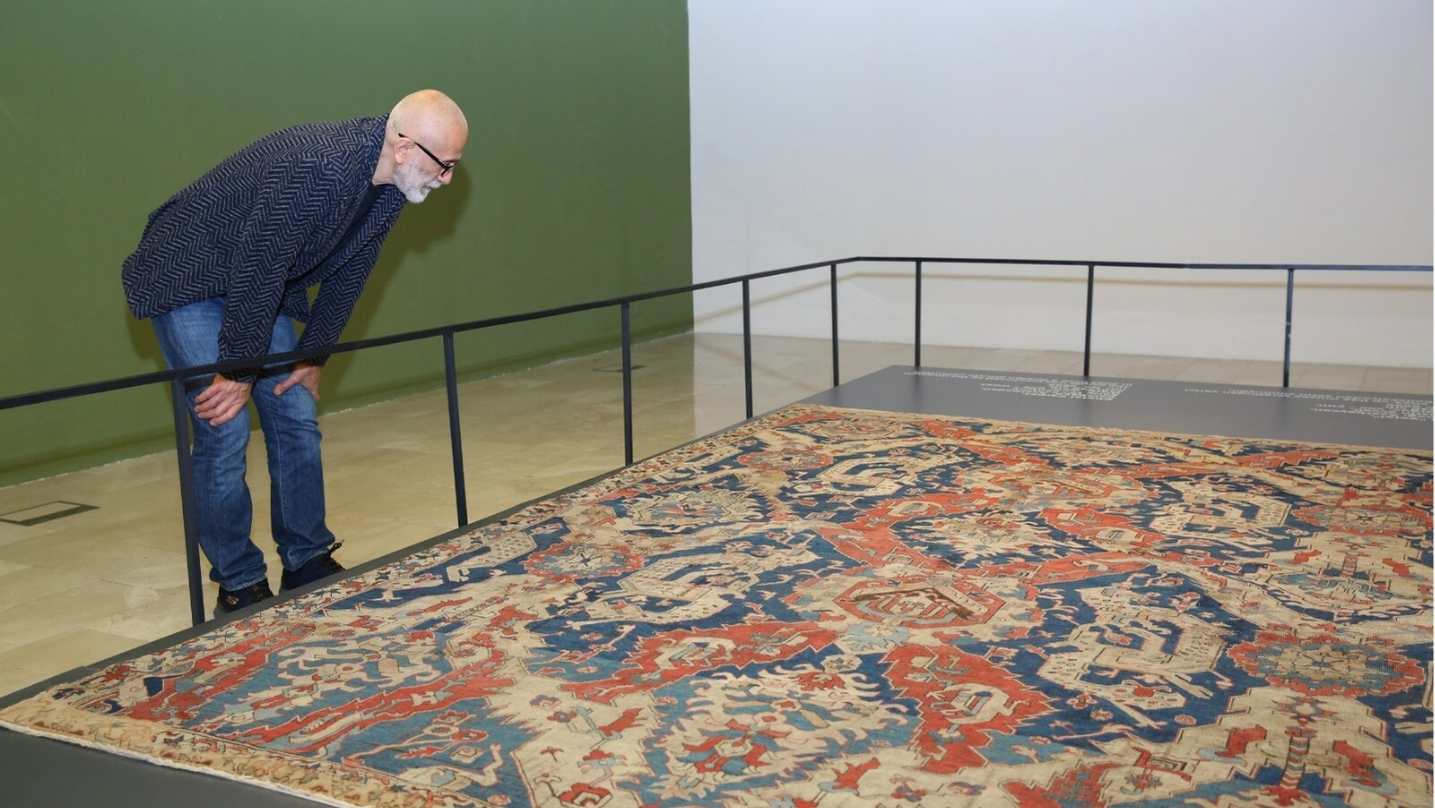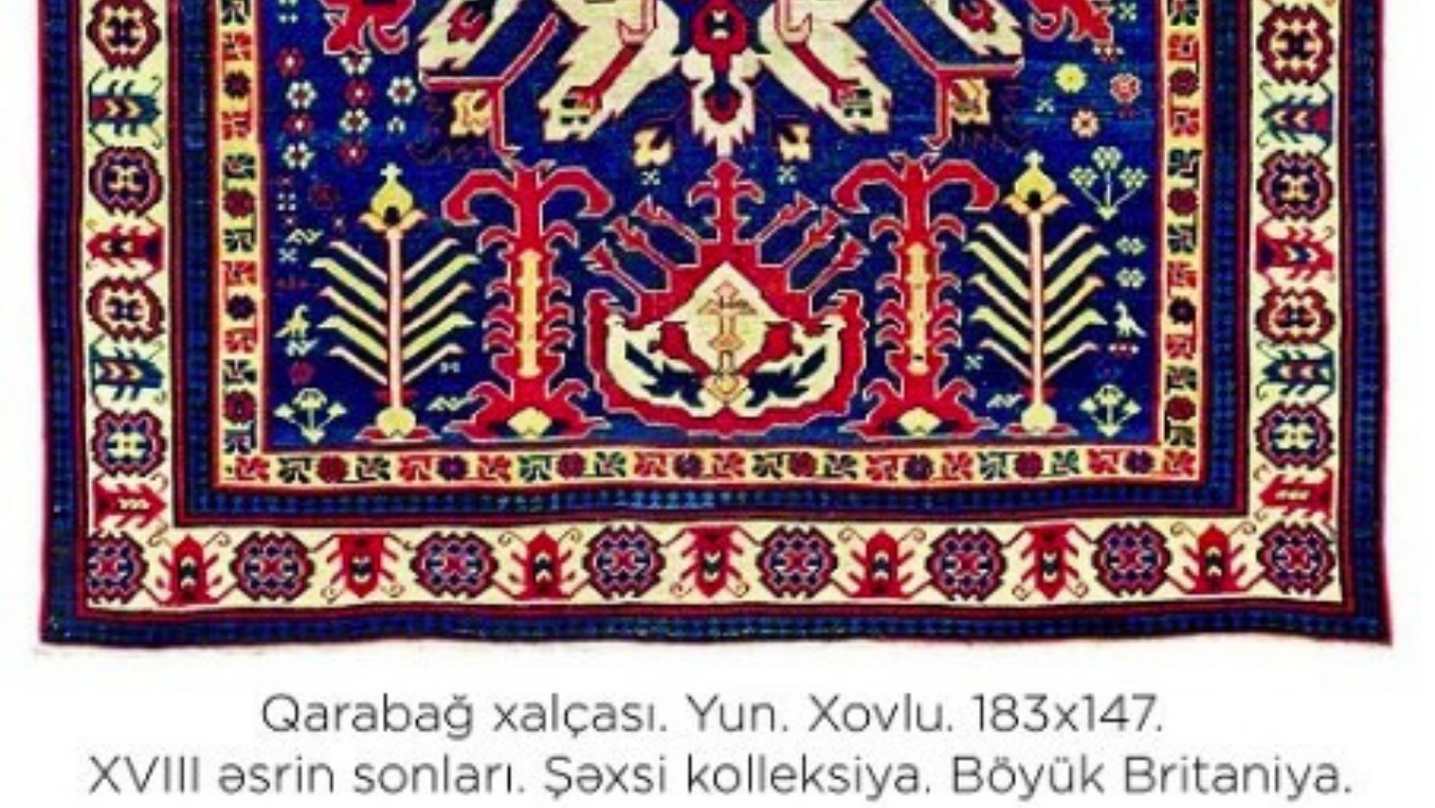One of the nations well-known for its carpets worldwide is Azerbaijan. Written records and archeological digs demonstrate that carpet weaving in this nation dates back to the Bronze Age, or 5,000 years ago.
Azerbaijan was one of the major East Asian hubs for the manufacturing of piled and hand-woven carpets during the Middle Ages.
Specifically, Garabagh carpets were the best in the Caucasus in terms of quantity and quality, and their renown eventually extended across the globe.
The history of Garabagh carpets dates back to the Middle Ages, and they are set apart from other carpets by their elegance, richness, and distinctive design. Garabagh has been known as a sizable hub for crafts processing cotton and wool since the 10th century. The villagers themselves manufactured the thread used to weave the rugs. Wool was spun, colored, cleaned, and sheared. To achieve various colors, they utilized apple peel, walnut tree, onion, and hazelnut.
Richly colored Garabagh carpets are categorized into four classes, each with 33 compositions: prayer rugs, plots, without medallions, and with medallions. These carpets stand out for their intriguing imagery and unique design features as well.

The World’s Oldest Rug – The Pazyryk Carpet
It is no accident that Garabagh is also the site of the weaving of the “Pazyryk” carpet, the oldest rug in the world discovered in the Pazyryk mounds in Altai. This carpet was created 2500 years ago, and because it was frozen in the mound for a long time, it did not rot. The patterns and features on the carpet demonstrate that it is a product of the Turkic world, according to studies conducted by both domestic and international scholars. The carpet is currently housed in St. Petersburg’s renowned Hermitage museum.
In the 15th century, Azerbaijani carpets appeared in the courts of kings and in the homes of the Western European nobility. They caused so much delight there that they became an indispensable attribute of not only palace interiors, but also gala paintings. Royals, followed by members of the nobility, ordered their portraits against the backdrop of Azerbaijani carpets. Specialists recognize their characteristic pattern on the paintings of such famous artists as Van Eyck, Hans Memling, Antonello da Messina, Carlo Crivelli, Domenico di Bartolo, and Hans Holbein.
The Owners’ Identities Are Revealed by Their Carpets
The ability of Garabagh carpets to reveal owner information is another distinctive feature. Therefore, the elements and markings on these carpets were used by the weavers to encode specific information.
Shusha was the primary hub of the Garabagh carpet weaving school in the eighteenth century. Here, original carpet styles number in the hundreds. Shusha is renowned for its silk carpets as well. The majority of Garabagh’s carpet-weaving regions, notably Shusha, sent their products to Russia, Europe, and Asia.

The Carpets Were Returned to Shusha After 31 Years
Shusha has seen a growth in the art of carpet weaving over time, leading to the construction of the Carpet Museum. However, the museum’s operations were discontinued in 1992 due to the occupation of Shusha. The museum reopened to visitors thirty years after the Azerbaijani government freed its territory from occupation.
There are about 900 Garabagh rugs conserved at the National Carpet Museum
The 17th-century Garabagh pearl carpets are the earliest pieces of carpet in the Azerbaijan National Carpet Museum. There are currently 900 Garabagh carpets in the collection, according to Ulvina Farzaliyeva, press secretary of the National Carpet Museum. Visitors are particularly drawn to the “Khatai” and “Nakhchivan” carpets, which were returned to Azerbaijan and given to the museum in 2018 with funding from the Heydar Aliyev Foundation. These carpets were originally made in Garabagh and shipped across the Silk Road to other nations. These days, they are among the gems in the collections of the most prestigious museums in the world.

Collectors Donate Garabagh Carpets to the Museum
As a result of the efforts of the National Carpet Museum, foreign collectors donate Azerbaijani carpets from their personal collections to the museum. According to Ulvina Farzaliyeva, one such interesting exhibit is the 17th-century carpet Ajdahali (“The Dragon”), an example of the Karabakh type. The carpet was bequeathed to the museum by the American collector Grover Schiltz and was donated by his wife Beverly Schiltz in 2013: “This carpet is more than 500 years old. It is one of the “Ajdahali” carpets woven in the professional workshops of Garabagh at that time. According to belief, such carpets brought happiness and sustenance to the house.” The mysterious “Karabagh” carpet from the 18th century was acquired from an Italian collector with the support of an Azerbaijani philanthropist and donated to the museum. Another pearl in the collection is the 17th-century Khatai Carpet. The Khatai ‘Dragon’ carpet was presented during ICOC Washington 2018.
Garabagh Carpets Are Exported by “Azerkhalcha” to the Global Market
At the moment, Garabagh carpets are housed in several internationally renowned museums. Specifically, “Azerkhalcha” OJSC carries out a number of initiatives to introduce these uncommon pearls to the global market. The 14 distinct areas of Azerbaijan are home to the society’s workshops, which weave carpets for each of the nation’s four carpet weaving schools. “Azerkhalcha” exported 612 square meters of carpets to overseas markets in 2023. The United States, Germany, Spain, Switzerland, and Latvia are the top exporting nations.
Azerbaijan’s Carpet Art Has Been Included in UNESCO’s List of Intangible Cultural Heritage
For 14 years now, Azerbaijani carpets have been protected by UNESCO as a high value of humanity. UNESCO appreciates the unique value of works of Azerbaijani artists. In 2010, at the 5th session of the Intergovernmental Committee for the Safeguarding of the Intangible Cultural Heritage, the traditional art of Azerbaijani carpet weaving in the Republic of Azerbaijan was inscribed on the Representative List of the Intangible Cultural Heritage.
Now Azerbaijani carpets can be found in the exhibitions of the Hermitage, the Victoria and Albert Museum in London, New York’s Metropolitan Museum, the Louvre, and the Vatican. The mere listing of such well-known repositories of artifacts testifies to the uniqueness of this type of Azerbaijani art. By the way, it is no less ancient than painting or sculpture. Carpets were used in the Bronze Age to decorate rooms of eastern kings and tents of chieftains.
-
NEWSLETTER
Subscribe for our daily news




